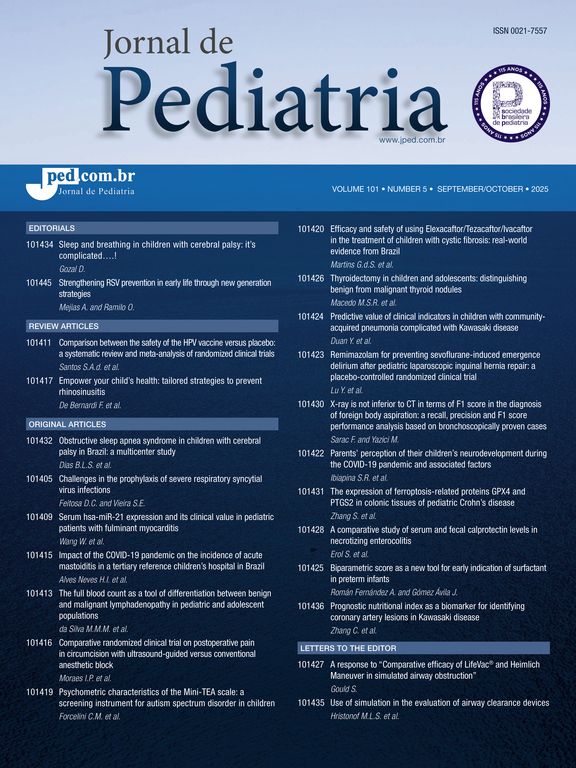The influence of the nutritional status and other prognostic factors on the survival of 43 children with non-Hodgkin's lymphoma was investigated in a retrospective study. The median age was 5.3 years. Most children had advanced abdominal disease and Rappaport's diffuse undifferentiated type. The median time of follow-up was 4.7 years (0.1 to 12.9 years). The estimated probability of 5 and 10-year survival was 69% ± 7%. The unfavorable prognostic factors were metabolic disturbances, treatment with the LSA2L2 protocol, unresectable tumoral mass, age below 2 years and stage III or IV disease. The nutritional status did not influence the outcome. Eight children died within the first days of hospital admission; five had extensive abdominal Burkitt's type lymphoma with elevated uric acid concentration. All had been treated with nonfractionated high-dose cyclophosphamide in the first four years of the study and had metabolic complications which probably led to their death. The authors conclude that the overall survival is similar to that reported in the literature; the nutritional status did not influence the outcome; the high frequency of early death in the first days of treatment was probably due to the toxic-metabolic effects of nonfractionated high-dose cyclophosphamide, but other adverse factors were clearly associated.
The Impact Factor measures the average number of citations received in a particular year by papers published in the journal during the two preceding years.
© Clarivate Analytics, Journal Citation Reports 2025
SRJ is a prestige metric based on the idea that not all citations are the same. SJR uses a similar algorithm as the Google page rank; it provides a quantitative and qualitative measure of the journal's impact.
See moreSNIP measures contextual citation impact by wighting citations based on the total number of citations in a subject field.
See more







